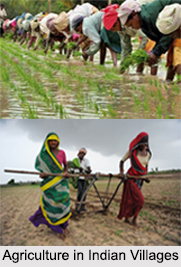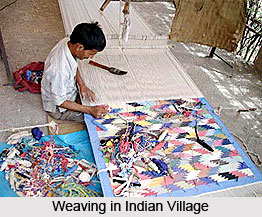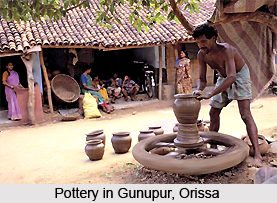 Indian Villages constitute a greater portion of the total geographical area of the country. It is a known fact that a major portion of the India"s total population resides in the villages. The villages of India can broadly be divided according to the regions of their location like Eastern region, Northern region, Southern region, Central region, North-east region and Western region.
Indian Villages constitute a greater portion of the total geographical area of the country. It is a known fact that a major portion of the India"s total population resides in the villages. The villages of India can broadly be divided according to the regions of their location like Eastern region, Northern region, Southern region, Central region, North-east region and Western region.
Languages in Indian Villages
The original form of most of the ancient languages in India can be found in these villages. The villagers in different zones of India speak in different languages such as Bengali language, Oriya language, Assamese language, Punjabi language, Marathi language, Kannada language, Tamil language, Gujarati language, Telugu language, Hindi language, etc.
Demography in Indian Villages
 According to the 2011 census of India, 68.84 percent of Indians live in 640,867 different villages. India has about 500,000 villages that are scattered throughout the country, where the population varies accordingly. Some villages have a population less than 500, while 3,976 villages have a population of more than 10,000 people. In hilly regions of central, eastern and far northern India, villages are more spread out, reflecting the nature of the topography.
According to the 2011 census of India, 68.84 percent of Indians live in 640,867 different villages. India has about 500,000 villages that are scattered throughout the country, where the population varies accordingly. Some villages have a population less than 500, while 3,976 villages have a population of more than 10,000 people. In hilly regions of central, eastern and far northern India, villages are more spread out, reflecting the nature of the topography.
Culture in Indian Villages
Apart from the many caste barriers and differences, there are many observances that emphasise village unity. Each village recognises a deity as the protector of the village, and villagers unite in customary worship of this deity. Festivals such as Holi, Diwali, Durga Puja, Eid and Muharram bring villagers together.
Society of Indian Villages
The social structures in the villages of all regions in India are almost the same. Mostly a headman is appointed and the Panchayat, which is composed of important men from the village"s major castes. The Panchayats are decision makers in case of any problem.
In the Indian villages the people share the common village facilities – the village pond, grazing grounds, temples and shrines, cremation grounds, schools, sitting spaces under large shade trees, wells, village fields and wastelands. The ways of life in the villages of India differ from one region to another.
Occupation of Indian Villages
The occupation scenario in the villages of India varies according to the regions. In spite of industrialisation reaching most parts of India, majority of the Indian villagers still depend on agriculture to earn their livelihoods. However, many people in the villages of south India depend on fishing or farming. The scenario is different in Jammu and Kashmir. The people of this state are engaged in various arts and crafts and handicraft industries and tourism is also a major occupation in this region.
With its folk tradition, uncomplicated lifestyle and unique craftsmanship Indian villages still encompass the essence of Indian ethos.






